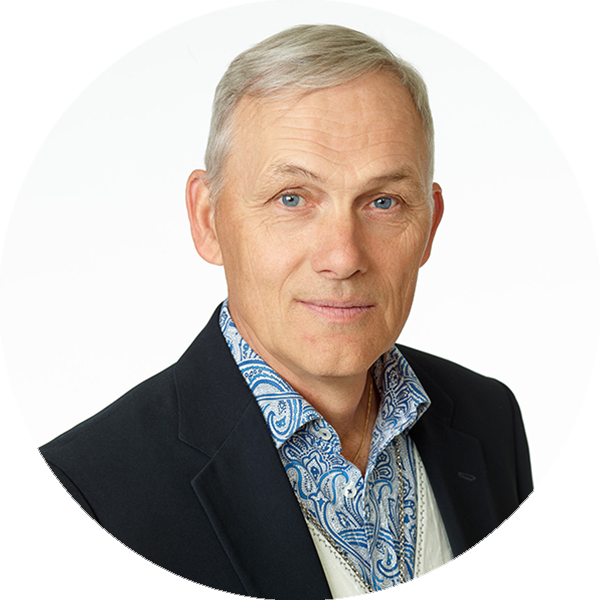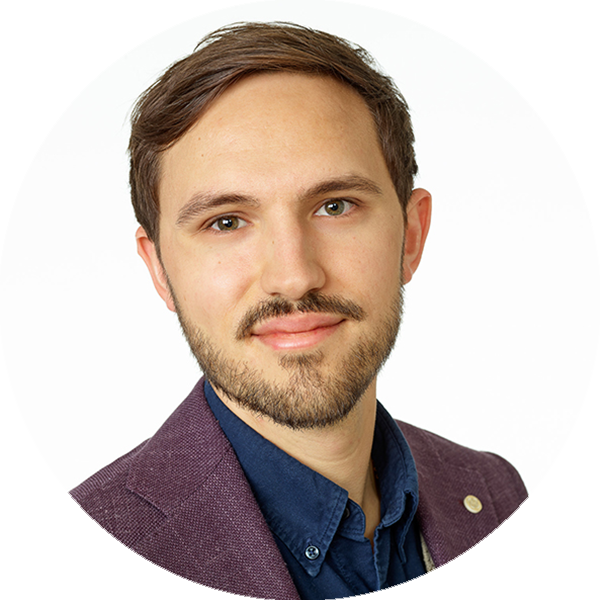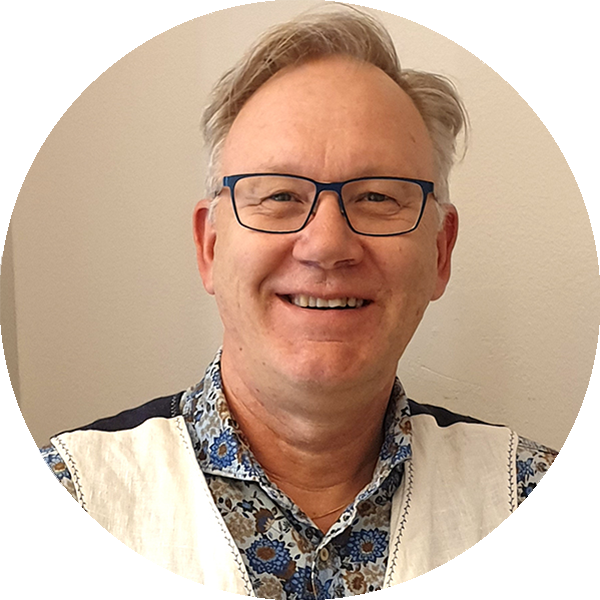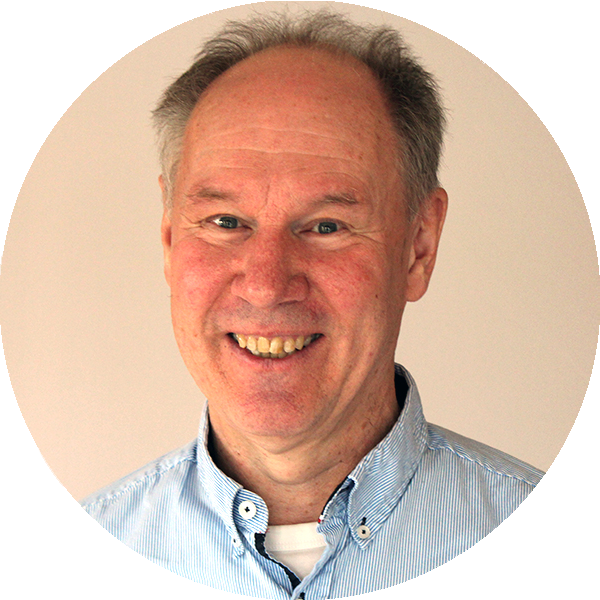Measurement Tools: The Balance & Imbalance of Horses
Fascia Horse’s measurement tools are designed to give horse owners around the world the ability to themselves examine their horse’s mobility, balance, and posture. This simple approach provides knowledge on how to optimize the well-being of their horses.
It is expected to lead to sustainable horses that are healthier, injury-free, and perform better.
Horses are not physically built for the activities we subject them to. They are not naturally meant to carry a rider, nor for jumping, trotting, or dressage. This is further complicated by the horse’s natural asymmetry, leading to many horses experiencing pain and difficulty in movement.
Moreover, a horse’s well-being is affected by various factors such as stress, diet, stable environment, training, hoof care, terrain, and equipment. Additional factors, often overlooked, include the horse’s natural inclination not to remain stationary indoors and how the rider’s own imbalances affect the horse.
There are numerous ways to support a horse, like different training regimes, treatments, and diet analysis. But how does one know what truly works?
The first necessary step to understand the factors affecting a horse’s well-being positively or negatively is a tool that measures balance and imbalance. With this measurement tool in place, one gets a clear picture of the horse’s issues and can test and evaluate different measures to optimize the horse’s balance. It also provides a clear indication of how the rider impacts the horse and examines how changes in this regard affect the horse.
An accessible, understandable, and concrete measurement tool that considers the whole picture simplifies the way we examine horses and revolutionizes horse care worldwide.
The goal is for the measurement tool to be available globally and at an affordable price.
Project plan & budget
Phase 1 – Testing and evaluation
The first step is to collect data to prove the concept, develop a prototype for testing, evaluation, and necessary adjustments.
Phase 1 is expected to take about 10-12 months, with a budget of 9M SEK, consisting of the following sub-projects:
1. Preliminary study
Initial literature studies regarding how a horse’s balance and imbalance manifest in terms of stance, weight distribution, movement restrictions, and tensions, and which sensors can be used to provide useful raw data. This is to compile what we measure, how we measure it, and what the measurement shows.
2. Testing the idea
Our idea is that it’s possible to measure whether a horse is balanced or imbalanced.
Over the past ten years, we have examined thousands of horses and noted strong correlations between how a horse stands and moves and common imbalances. These imbalances have been addressed through treatment, confirmed by veterinarians and other experts.
To systematize the measurement of balance and imbalance, we need to identify how horses stand, bear weight, and move in optimal balance and posture, and document deviations and how different misalignments are expressed. The compiled data is expected to support the idea, enabling prototype production.
3. Prototype development
During an initial idea and innovation phase, concepts for analysis, tools, design and needs aspects such as ergonomics, hardware development, software development, data management requirements, user aspects, etc., are discussed. This forms the basis for a design brief.
The design phase begins based on the design brief, guidelines, component background, and conditions from the preliminary study and test phase, resulting in a design concept, which forms the basis for prototype manufacturing.
4. Testing and evaluation
With an existing prototype, the concept can be tested by examining as many horses as needed to establish the prototype’s desired function. Continuous evaluation forms the basis for further development. Any improvements to the prototype are tested and evaluated until the desired result is achieved.
Phase 2 – Product Development
The second step is to move from a working prototype to a finished product.
Phase 2 is expected to take about 9-12 months, with a budget of 6M SEK, consisting of the following sub-projects:
5. Application
What can the solution be used for? The application areas are explored, evaluated, delimited, and established in a new design brief as the basis for app development, mass production, and packaging
6. App development
How do we make the solution user-friendly? This includes customization, design for different target groups, data management, and user interface.
7. Mass production
How do we make production cost-effective? To fulfil the vision of making the measurement tool globally available and affordable, a suitable process for component procurement and mass production is developed.
8. Marketing
How should the solution be packaged, marketed, and sold to best reach horse owners around the world? This results in a complete marketing and launch plan ready to be executed.



















